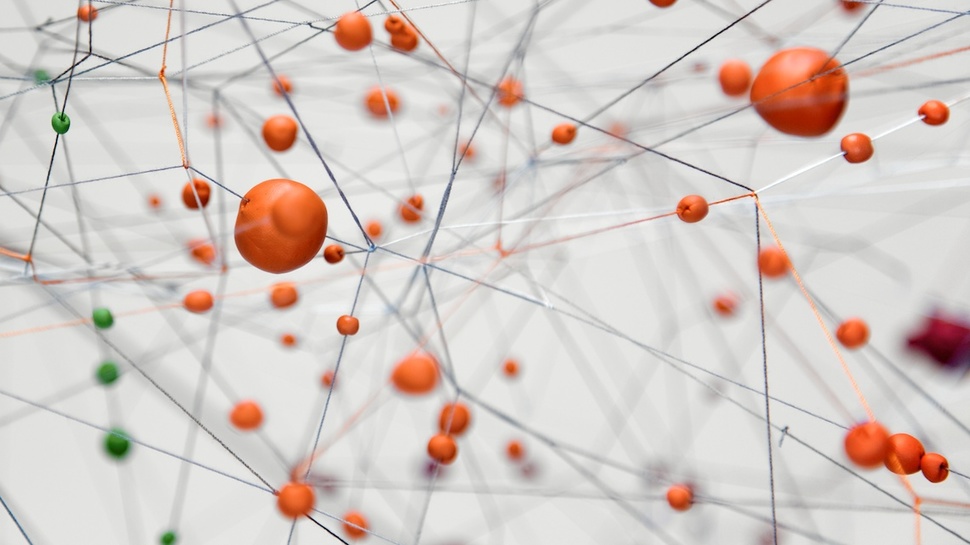There are some common threats and tactics which are regularly used against activists during protests so it's always a good idea to be prepared for them. You can also observe the movements of anyone who may be a threat to the protest and share indicators you observe (e.g. changes in their behaviour) with your affinity group or the wider protest.
Tear gas is particularly common for "crowd control" and increasingly used to stifle protests. However, the types of chemicals used in tear gas constantly change, meaning effective remedies do too. Try to find out which type of tear gas is used by the authorities in your area. If you can get a gas mask, this will help, but avoid using old ones as they may themselves be harmful.
Swimming goggles can help to protect your eyes, but if affected, in most cases eyes can be treated with cigarette smoke or water. But be careful, warm or hot water can increase pain from CS gas. Antacids diluted with water or diphoterine solution (a first aid product for chemical splashes) can also help.
Water cannons are also very commonly used in violence against protesters. At close range, these can be extremely dangerous, so if you see the police about to use them close to you, move away as quickly as possible.
There may also be mounted police at the protest. While police horses are usually well behaved, they can be temperamental and could seriously injure you by kicking. Avoid approaching horses from behind, or standing or crouching directly in front of them.
Monitor and share security indicators
The security situation at a protest can change very quickly. It's important to share and analyse anything out of the ordinary that you notice which may affect your security. These indicators – sometimes called 'security incidents' – can help you make a decision early to avoid a threatening situation.
Try to maintain awareness and mindfulness of the situation around you at all times. It may be useful to create a security group within the protest (or designate a security person in your affinity group), who can take responsibility for monitoring any security indicators and coordinate actions based on them.
Be on the look-out for indicators inside your group as well as externally, such as someone carrying a weapon or illegal substances, someone attempting to use violence (they may be an agent provocateur), or someone becoming fatigued, tired etc. Observe the behaviour of the police: what kind of equipment are they carrying? Are there plain-clothed police nearby? If you notice them, take note of who they are and observe their behaviour. When you notice anything strange, share it either verbally or over a secure communication channel with your friends, affinity group or the orgnisers of the protest. You can then analyse whether it represents a threat, and take action together if needed.
For more on monitoring and analysing security indicators, see the Chapter, Security Indicators.
Take care of fellow protesters
Everyone has an equal right to take part in protests, including children, elderly people or people with disabilities. Everyone who wishes to peacefully protest deserves support and respect.
However, while protests can be dangerous for everyone, some people face particular challenges due to factors like their age or abilities. It's especially important that those who can do so, offer whatever help or protection possible to others who may be at more risk of harm during the protest.
Ensure that people of all ages and body types are represented in meetings about the protest and decisions about security. Take their needs into consideration when implementing a security plan, and be attentive to them during the protest. It may be an idea to create a group which is tasked with caring for fellow protesters with special needs (such as visual impairment, hearing problems, or reduced mobility). However – avoid making decisions for anyone: listen to their needs and design a plan together.
